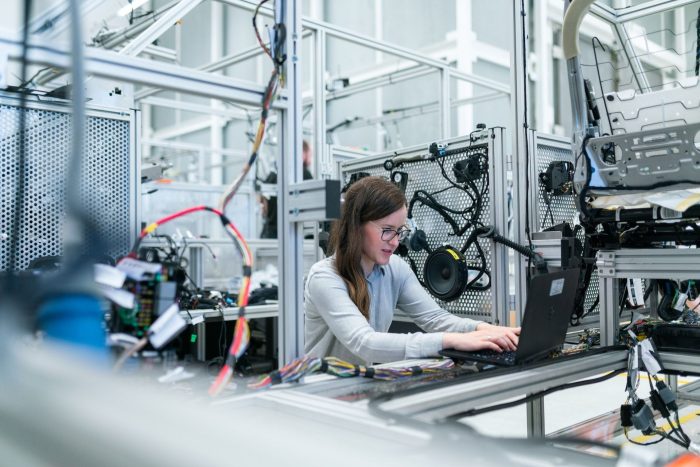What is Research & Development?

Research and Development (R&D) plays a fundamental role in modern companies, driving innovation and contributing to their success. According to the Frascati Manual, which establishes guidelines for collecting R&D statistics, the term encompasses creative and systematic activities that aim to increase knowledge in various areas and apply it to new processes or products.
According to the OCDE Manual, to be considered an R&D activity, an initiative must meet five basic criteria: be innovative, creative, uncertain, systematic and transferable and/or reproducible. These criteria must be met whenever an R&D activity is carried out, whether continuously or sporadically.
R&D encompasses three types of activities: basic research, applied research and experimental development. Fundamental research seeks to obtain new knowledge about the fundamentals of phenomena and observable facts, without a specific focus on application or use. Applied research aims to acquire new knowledge with a practical purpose or specific objective. Experimental development consists of systematic work based on existing knowledge, aimed at creating new products, processes or improving existing ones.
In the business world, R&D is considered to be an intangible asset and is seen as a solution to boosting the sustainable growth of companies and outperforming the competition, due to the increase in competitiveness and the value generated. Typically they are long-term projects that follow scientific methods, although without predefined results, with general predictions of commercial benefit.
How can Research & Development benefit my company?

The implementation of R&D results in improvements in market processes, the development of new techniques or technologies, company growth through the expansion of products/services in the same or new economic areas.
According to R&D Magazine, in 2019, companies globally spent around 2.15 billion euros on R&D, equivalent to approximately 2% of the world’s GDP. This annual investment has grown by around 4% a year over the last decade.
The company can apply for public funds, such as the Incentive Systems for Research and Technological Development (SI R&DT) or Horizon Europe, to leverage its R&D investments.
.What’s more, part of companies’ R&D expenses can also be recovered through the Corporate R&D Tax Incentive System (SIFIDE). This tax benefit aims to increase the competitiveness of companies by allowing a percentage (up to 82.5%) of the expenses incurred to be deducted from profit tax (IRC).
Eligible expenses for these financial and tax incentives include:
- Expenses for personnel directly involved in R&D activities;
- Operating expenses;
- Acquisitions of tangible and intangible fixed assets;
- Raw materials, consumables and components required for the construction of pilot plants and prototypes;
- Purchase of services from third parties, including technical, scientific and consultancy assistance;
- Hiring R&D services from public entities or those recognized by the National Innovation Agency or companies certified with the ID Seal;
- Participation in the capital of R&D institutions and contributions to public or private investment funds;
- Costs related to registering, acquiring and maintaining patents;
- Expenditure on implementing and auditing the research, development and innovation management system (SG IDI – NP 4457:2021);
- Participation of managers and executives in the management of R&D institutions; and
- Expenditures on demonstration activities arising from supported R&D projects.
The Role of the R&D Department in a Company

The R&D department’s main objective is to help the company decide which products and services will be successful when offered to employees and customers. Some of the functions performed by this department include:
- Product research: finding out what makes a product or service useful, building specifications, marketing methods and predicting success;
- Product development: designing and creating products with specifications that make them more useful;
- Product upgrades: testing and analyzing products to identify ways to improve them in terms of comfort and usability;
- Quality control; and
- Market research: identifying companies that can sell the product, determining the price, publicizing the availability of the product, the quantity to be produced and the most attractive type of packaging for new customers.
Despite the benefits that a successful R&D department can bring to the company (promotion of innovation, organizational relevance and potential tax incentives), it is important to consider the main challenges faced by R&D organizations: accelerated innovation cycles, reduced connection with clients, projects with few accountability metrics and prioritization of incremental (small impact) projects.
HMID’s Action in R&D Projects
The HMID brand offers a complete and integrated service that maximizes your company’s R&D potential. Below are some of the services we provide in this area:
- Applying for and monitoring R&D projects – Research & Technological Development (RTD);
- Applying for R&D Tax Benefits (ex: SIFIDE II);
- Obtaining the ID Seal;
- Raising Capital; and
- Implementation of R&D Management Systems – (e.g. Standard NP 4457:2021).